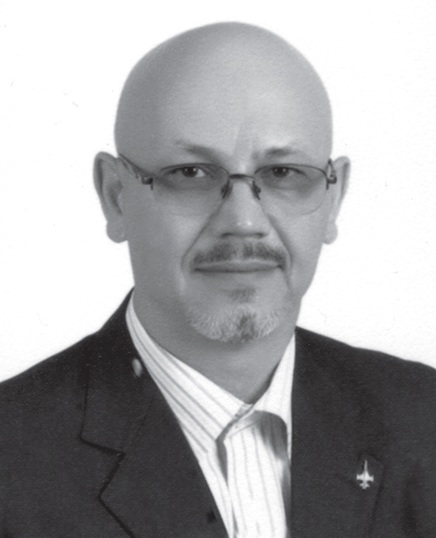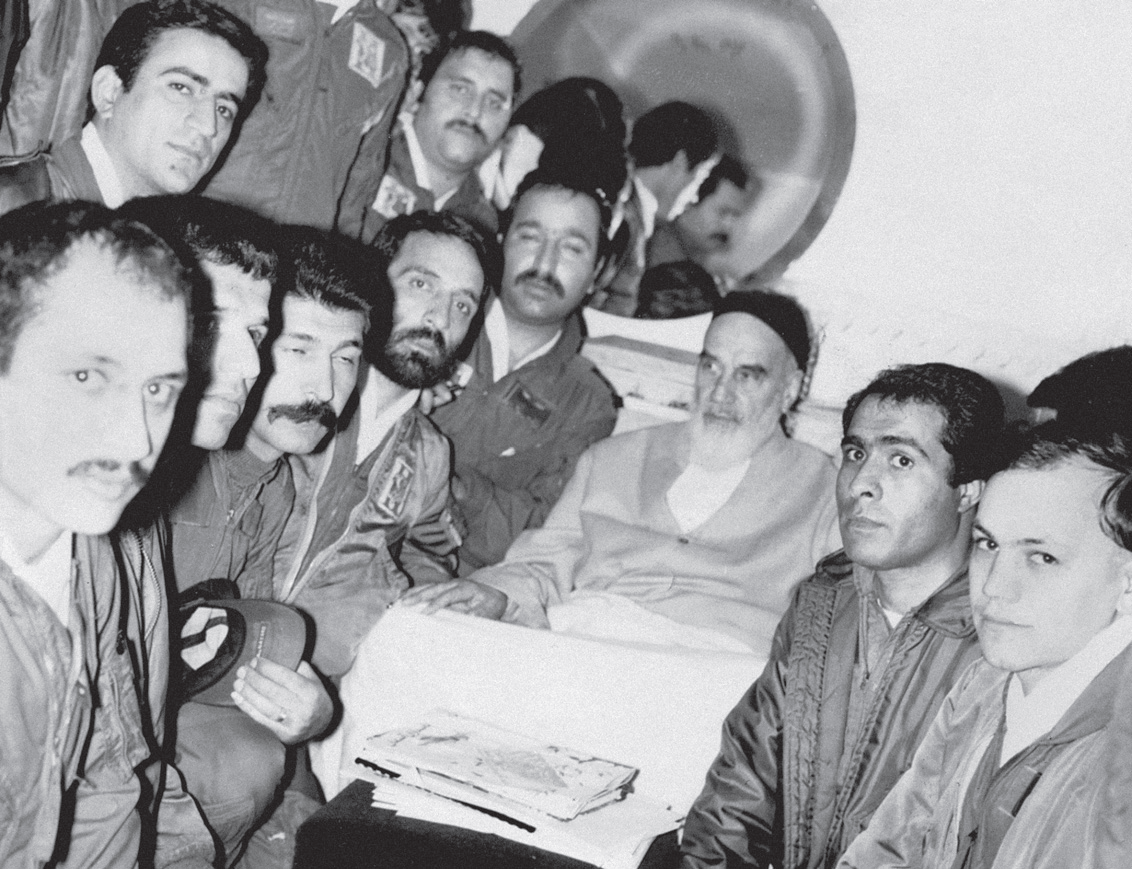Air Raid to Al-Waleed (38)
The Story of Demolishing Fighters and the Equipment in Al-Waleed Triple Military Bases Known as H-3
2016-9-26
Air Raid to Al-Waleed (H-3)
The Story of Demolishing Fighters and the Equipment in Al-Waleed Triple Military Bases Known as H-3
By: Brigadier General Ahmad Mehrnia
Tehran, Sooreh Mehr Publications Company
2010 (Persian Version)
Translated by: Zahra Hosseinian
Ammunition used in the operations
In this operation a combination of different types of ammunition used on each aircraft to obtain the best results:
British BL-750 bombs of anti-equipment, parked aircrafts and armored vehicles.
MK-84 H.D. 500-pound bomb and £750 bomb for destruction of facilities, equipment and important buildings, six bullets on each aircraft.
20 mm explosive cartridges for destroying parked aircrafts, vehicles, defense cannons and missiles site, and aerial close firefight.
Two AIM- 7 missiles on the leader and sub-leader aircrafts for potential air defense in certain circumstances.

Author’s biography
I was born in 1955 in Kermanshah. I finished my primary and secondary education in Tehran, except for the fifth grade which I finished it at the Khosravi border, and in 1974, I entered the Pilot School of Air Force. In 1978, I completed pilot course In America and as a pilot of F-5 fighters began serving. I participated actively in the activities of overthrowing the monarchy before the revolution, and in collaboration with other colleagues I carried out various missions until the end of crises and imposed war. In over thirty years of military service, I was responsible for a variety of different professions, and the military attaché of Islamic Republic of Iran Army in Japan is one of them. In 1995, I accomplished master's degree in the field of defense management from AJA University of Command and Staff (DAFOOS), and in 2006, I defended my doctoral dissertation in the field of strategic management at the Supreme National Defense University (DĀ’Ā). My last job was deputy commander of the Dezful air base. After retirement, with Second Head of Brigadier rank, I was busy teaching and sharing the experiences of war in DAFOOS, University of Imam Ali (AS), University of Shahid Sattari, and Farabi University; and at the same time, I’m busy writing recollections of events of Sacred Defense period, particularly in the terms of aerial operations.
Face to face visiting with the architect of the Islamic Revolution in relation to the operation of air raid to Al-Waleed was an honor for me, and fortunately the memory of that spiritual meeting in a homely atmosphere has been recorded in the below picture:

Meeting of a group of F-5 fighter pilots from Tabriz air base with the Supreme Leader of the Islamic Revolution; From right: Ahmad Mehrnia, Nasrollah Erfani, Hazrat Imam, Seyed Esmail Mousavi, Mohammad Tayyebi, Mohammad Reza Sarteepi, Davood Sadeghi, and Samad Ali Balazadeh. Back: Ali Najafi Mahyari and Shahid Hamid QazaAni. The images in the mirror: Attaullah Mohebi and Abbas Elmi.
Number of Visits: 5784








The latest
- An Eternal Lie!
- The 368th Night of Remembrance – Part 2
- Agents in Search for the Fighter
- The Embankment Wounded Shoulders – 13
- The Necessity of Standardizing Oral History and Criticism of General Mohsen Rezaei
- The 368th Night of Remembrance – Part 1
- Oral History News of Khordad 1404 (May 22nd – June 21st 2025)
- Najaf Headquarters Human Resources
Most visited
- Oral History News of Khordad 1404 (May 22nd – June 21st 2025)
- Najaf Headquarters Human Resources
- The Necessity of Standardizing Oral History and Criticism of General Mohsen Rezaei
- The 368th Night of Remembrance – Part 1
- The Embankment Wounded Shoulders – 13
- Agents in Search for the Fighter
- The 368th Night of Remembrance – Part 2
- An Eternal Lie!
Operation Beit al-Moqaddas and Liberation of Khorramshahr
After Operation Fat’h al-Mobin, we traveled to Kermanshah and visited Sar-e-Pol-e-Zahab before heading to Ilam. During Operation Beit al-Moqaddas, the 27th Brigade was still receiving support from the West. We maintained contact with individuals who had previously worked in Area 7 and were now leading the brigade. It was through these connections that I learned about Operation Beit al-Moqaddas.Memoirs of Hujjat al-Islam Reza Motalebi
Hujjat al-Islam Reza Motalebi is a cleric from Isfahan. Before the revolution, he was the imam of the Fallah Mosque – which was later renamed Abuzar Mosque. By his presence and efforts, Abuzar Mosque soon became a base for supporters of the Imam and the revolution. After the victory of the revolution, he played a role in uniting forces and maintaining political vitality in southwest Tehran.The Necessity of Receiving Feedback in Oral History
Whenever we engage in a task, we naturally seek ways to evaluate our performance — to correct shortcomings and enhance strengths. Such refinement is only possible through the feedback we receive from others. Consider, for instance, a basketball player whose shots are consistently accurate; should he begin shooting blindfolded, his success rate would rapidly decline, as he would be deprived of essential feedback from each attempt.Sir Saeed
The book “Sir Saeed” is a documentary [narrative] of the life of martyr Seyyed Mohammad Saeed Jafari, written by Mohammad Mehdi Hemmati and published by Rahiyar Publications. In March 2024, this book was recognized as one of the selected documentary biographies in the 21st edition of the Sacred Defense Book of the Year Award. The following text is a review on the mentioned book.

